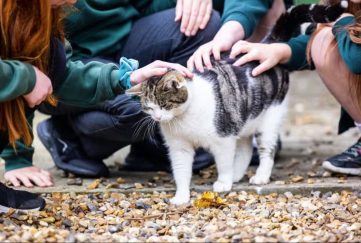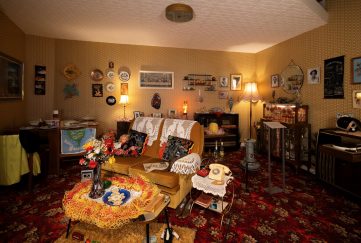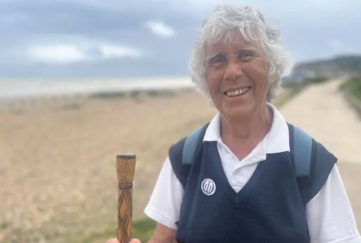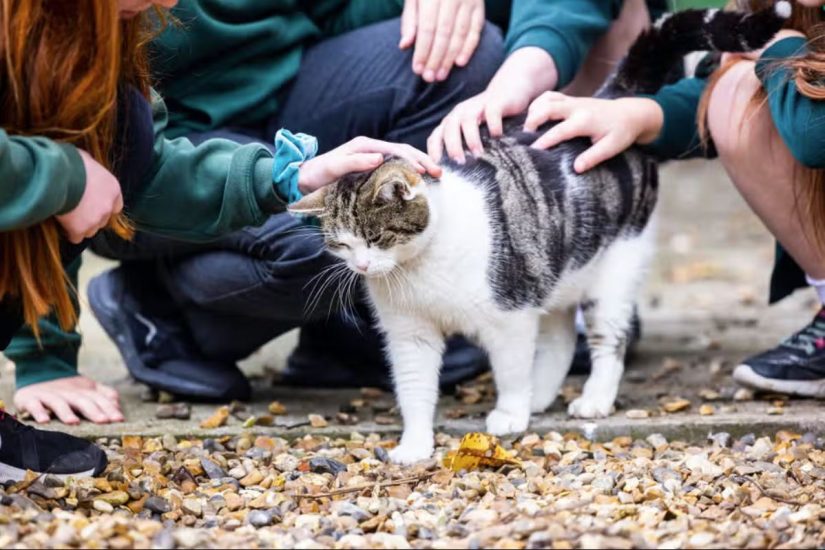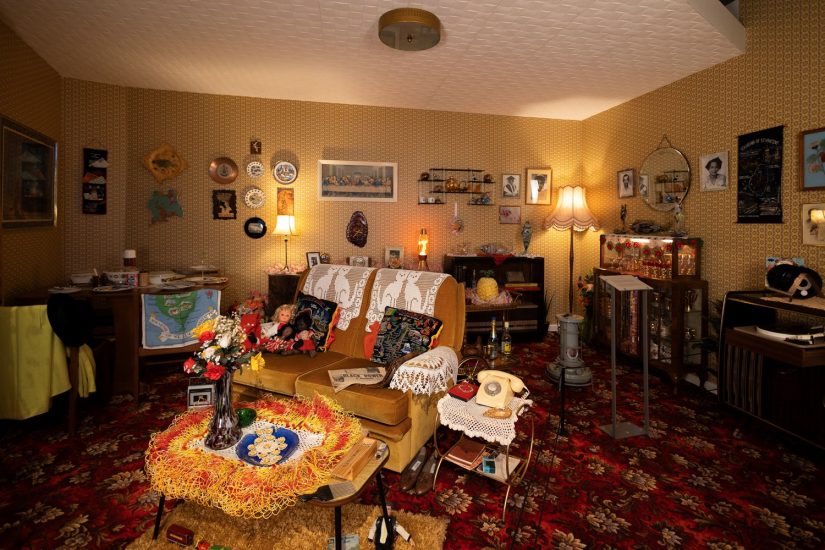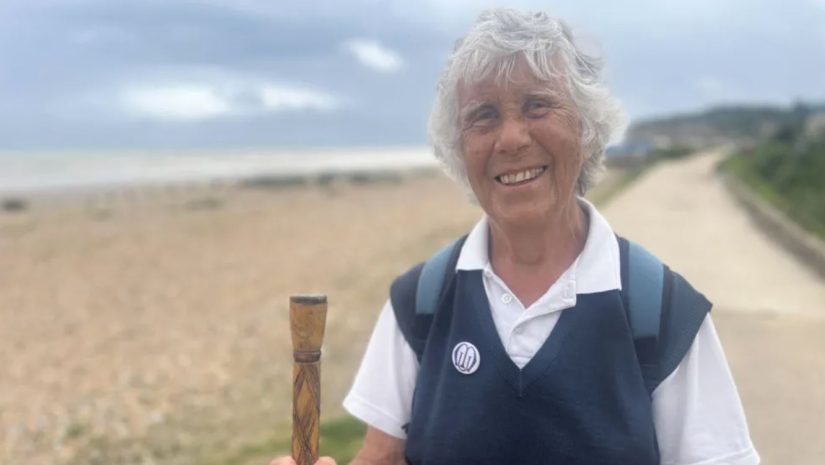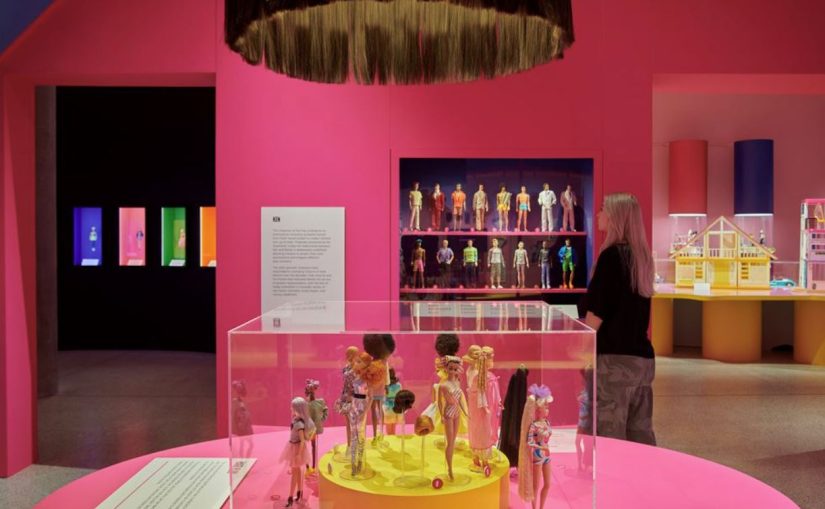Festival of Archaeology: History Beneath Our Feet
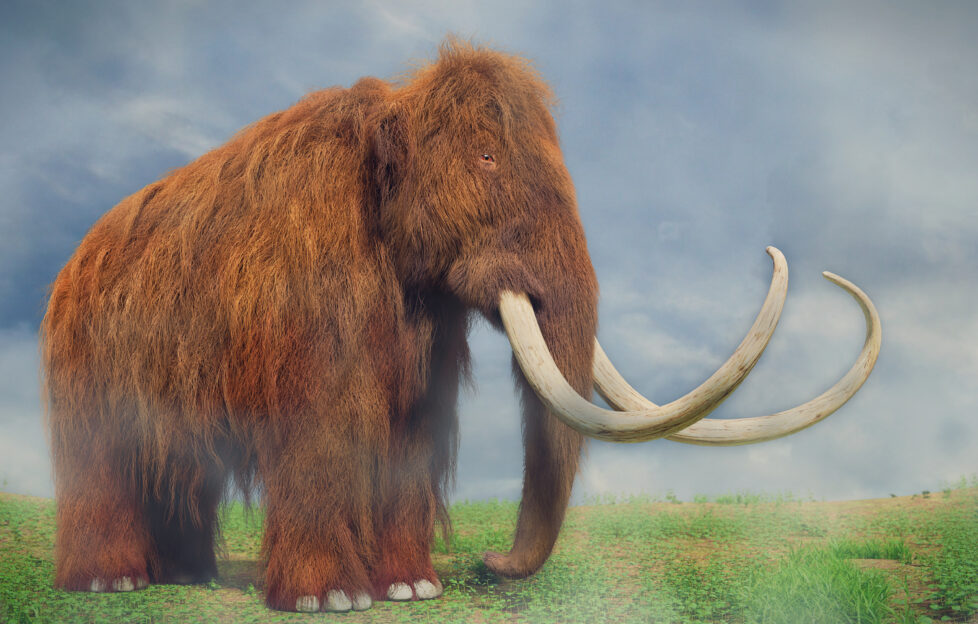
The Council for British Archaeology Festival of Archaeology runs from July 16-31. And, as I’ve always been fascinated by the history beneath our feet, it was a great excuse to dig out an interesting feature from a couple of years ago.
The theme of the festival this year is “Journeys”. And the chat I had with Dr Steve Sherlock around the objects unearthed during the upgrade of the A14 between Cambridge and Huntington, fits the category nicely.
Digging For Treasure
How interesting would it be if we could open a time capsule and find out what life was like when the Romans occupied Britain? Or go further back still, to when woolly mammoths roamed the earth?
Much of our past has been documented already, but there is much more yet to be discovered. The proof of that comes with the 21-mile road upgrade of the A14 between Cambridge and Huntington. The construction has revealed a treasure trove of ancient artefacts – many going back more than 6,000 years.
Dr Steve Sherlock, Archaeology Lead for the Highways England A14 project, explains. “We did some provisional work and knew there was the potential for a lot of archaeology to be uncovered. So we appointed a contractor – MOLA Headland Infrastructure – to do the actual digging, while I managed the archaeological programme.”
“A Wide Range Of Human History”
“The sheer scale of what’s been uncovered is almost unimaginable. So far, we have found more than two hundred and sixteen thousand pieces of pottery from all periods, including complete pots. And we found a small musical instrument that is Anglo-Saxon in date. It’s in good condition.”
“This is somewhat rare. You can expect to find lots of pottery, but when you find instruments you can’t help but think about who used them. And also what their social life was like. You can envisage people living in great halls, where there would be storytelling, music, dance, riddles and things like that.”
“We’ve uncovered sites from the Neolithic, which is around 3,500 BC. And also burial mounds, Iron Age settlements, Roman settlements, three Anglo-Saxon villages and an abandoned mediaeval village. So we are covering a wide range of human history.
“We are making lots of spectacular discoveries and, in some sense, are rewriting history.”
“Evidence Of Brewing”
“One of the stories we’ve revealed is how we’ve found the evidence of the earliest beer in Britain. This came from seeds that were found.”
“When our researchers looked at them in detail, they noticed that they hadn’t just been roasted. They had been boiled to a sort of pulp and mashed. This was very, very reminiscent of how the material would have been brewed to make an alcoholic drink.”
“We were fortunate that the expert, Lara Gonzalez, had previously worked on material from Egypt where there was evidence of brewing in the ancient past. She was looking down the microscope and saw the same thing from the site in Cambridgeshire.”
“This little piece of evidence was from an Iron-Age site. So we can conclude this is the earliest evidence of beer in Britain. These sites are before the Romans, before written documents, so it’s great to have this physical scientific proof.”
“Crops Grown In Prehistoric Times”
The artefacts found can tell a lot about how our ancestors lived all those years ago, too.
“One artefact that’s been discovered is a stone axe from Neolithic times,” Steve says. “It would have been used to cut down trees to provide wood to build their prehistoric houses.”
“When the trees and woodlands were cleared they started to farm, growing and rearing animals. We have cereal evidence of crops grown in prehistoric times and Roman times. Another great discovery has been tusks of woolly mammoths and woolly rhino found during our excavations.”
“Because we’re building a road here, the team are going down to a depth archaeologists wouldn’t ordinarily look at. We now have to do some work to date the tusks. We will use cutting edge science to take soil samples from the deposits in which these tusks have been discovered.”
“Living All Those Years Ago”
Of all the relics discovered to date, though, I wondered what Steve’s favourite was.
“There are a couple: the musical instrument, because you can develop the idea of music in their lives, and another Anglo-Saxon find – a very fine bone comb. It leads you to think how they would have dressed and groomed themselves, and about how people were living all those years ago.”
“Around 250 archaeologists were in the field at the peak in the summer of 2017 into 2018, when we were digging 14 or 15 sites at once to keep work moving to timescale. We recruited across Europe to get the very best archaeologists – it is the biggest project that has been undertaken in the UK.”
“The work studying the relics will go on for the next three years as we try to find out more about each piece. It is going to take an awful long time, but it’s so worthwhile.”
This is just one project that unearthed lots of hidden treasures, with other sites — such as HS2 rail link — revealing a vast Roman trading settlement.
And find out more about the Council for British Archaeology festival here
National Trust properties are also steeped in history, take a look at the Top Ten properties to visit.


